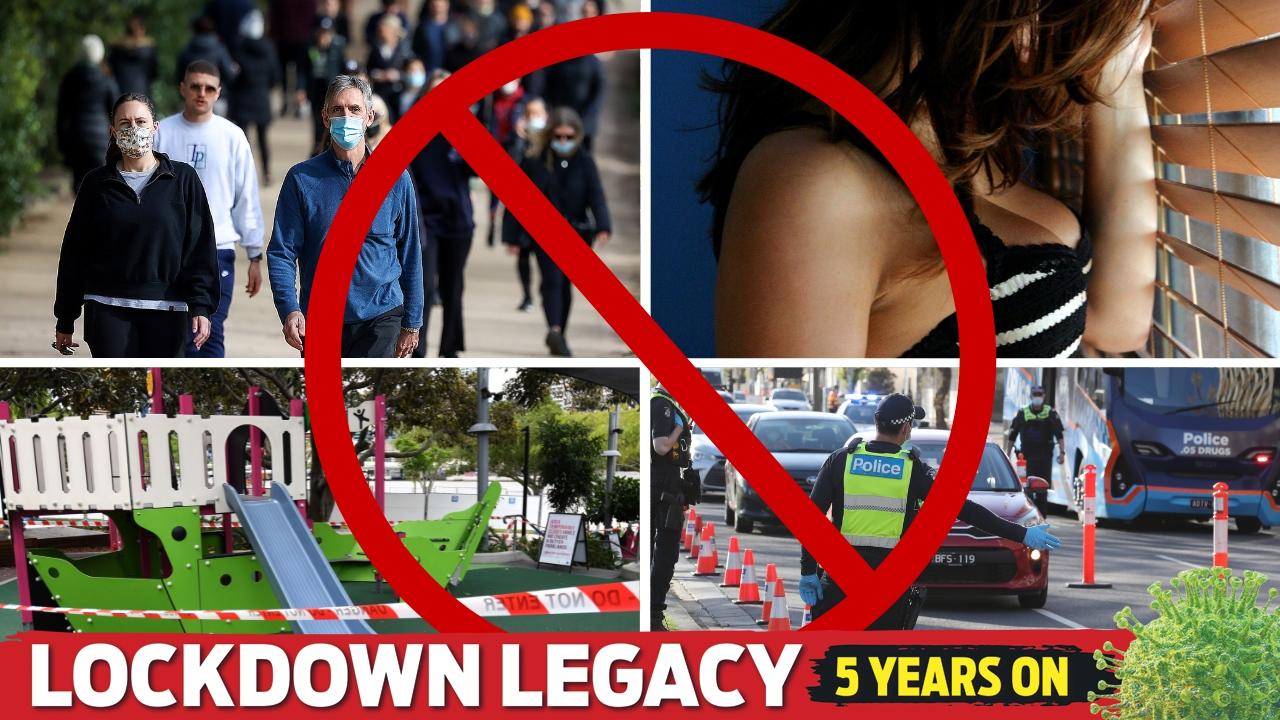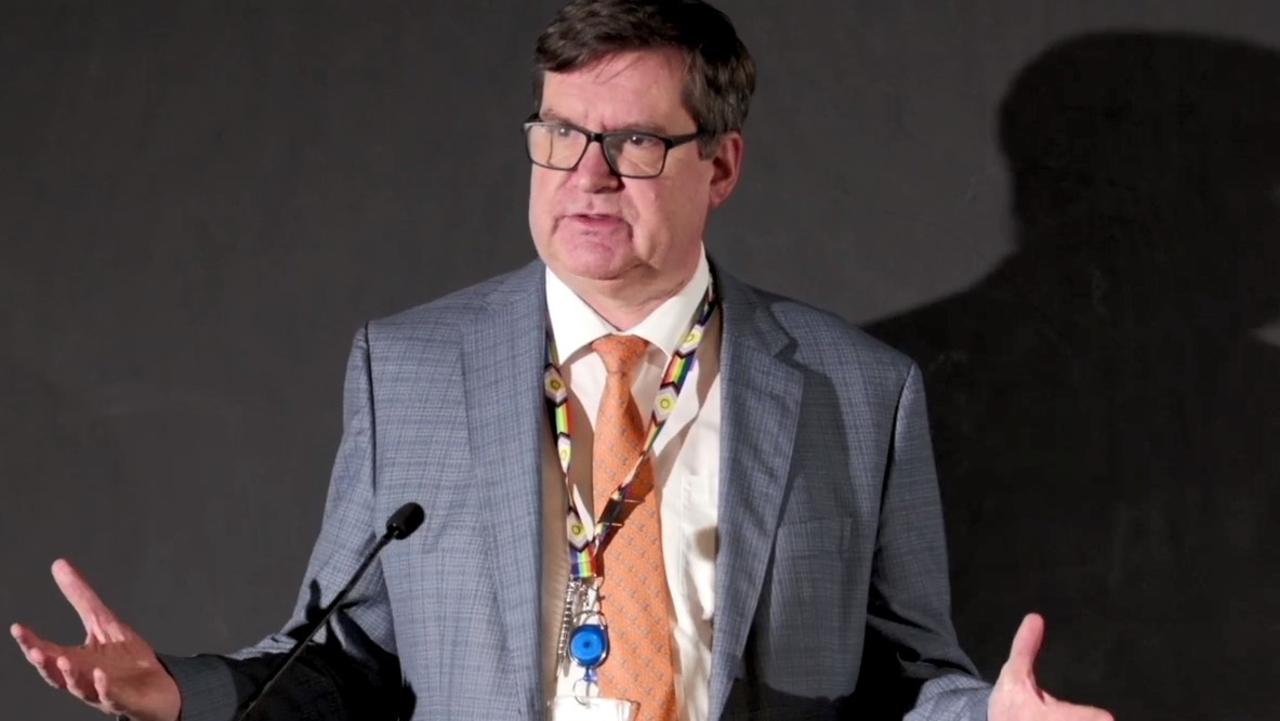Victorians are living under tougher coronavirus restrictions than New South Wales
As New South Wales prepares for a major easing in coronavirus rules next week, experts are pushing for Victoria to follow their lead.
Coronavirus
Don't miss out on the headlines from Coronavirus. Followed categories will be added to My News.
Leading epidemiologists and industry groups have called on Premier Daniel Andrews to follow the lead of NSW, which on Wednesday announced a dramatic winding back of restrictions.
On what was dubbed “Freedom Day”, the NSW government revealed venue caps would be scrapped for cafes, bars, restaurants, weddings and funerals from Monday, with stadiums and outdoor theatres allowed to operate at 100 per cent capacity.
NSW Premier Gladys Berejiklian said she was able to take the bold step after 25 days of no coronavirus community transmission — something Victoria achieved more than a week ago. Mr Andrews has flagged announcing his own easing of restrictions on Sunday, locking in the rules for summer, but industry figures fear it will not go as far other states until a new hotel quarantine scheme is bedded down.
Significant changes around workplace restrictions in Victoria are being considered, but masks are expected to still be required in some settings.
Sporting, hospitality and arts groups have told the Herald Sun the aim should be to match NSW at a minimum, with some urging to “go further”.
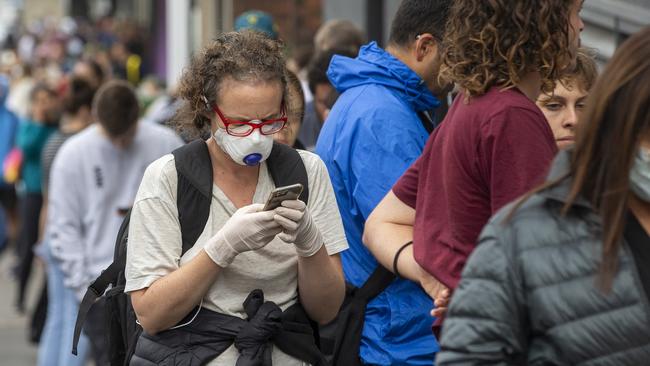
In NSW, density limits will be halved to allow one person per 2sq m in most venues, while pub-goers will be able to stand up to drink at outdoor venues. Outdoor stadiums will be allowed 100 per cent seated capacity, while seated outdoor ticketed events can have 5000 people.
Associate Professor Nathan Grills, a public health physician at the University of Melbourne, said Victoria should aim to match NSW and other states.
“We not only have fewer active cases than any other state except Tassie — and we nearly certainly have no community transmission — but we also have a well-developed testing, contact tracing system to respond in the case of new imported case,” Professor Grills said. “Victorians have paid a significant price to get us to elimination, and now we need to capitalise on our success.”
Chair of epidemiology at Deakin University Professor Catherine Bennett said there was no reason Victoria couldn’t follow NSW because it had technically met its own COVID-normal threshold.
Chief executive of Restaurant & Catering Australia Wes Lambert said Victorians were promised earlier this year under the Premier’s original road map a “COVID-normal” set of restrictions that would see no venue caps and one person allowed per 2sq m of space.
“You have only got better as a state with tracking and tracing, and managing the virus. Why would you have more restrictions in place than what you said you would have (in September)?” he said.
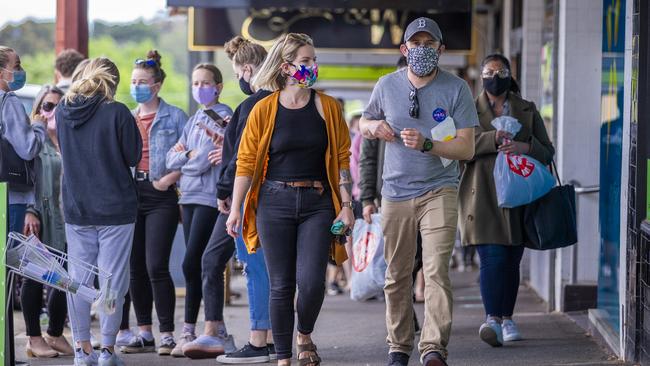
Australian Hotels Association chief executive, Paddy O’Sullivan, said: “Victoria is ready to go to the next step, which is to not only match NSW, but even go beyond.”
Victoria Racing Club chief executive Steve Rosich said the sport was looking forward to hosting 500 people on December 12, but would like to mimic NSW as soon as possible. “We hope that, subject to approval from the Victorian Government, we will be able to significantly increase the crowd sizeto 5000 people on the 19th of December and an even greater capacity in January, beginning with our popular New Year’s Day Race Day,” he said.
Jason Marriner, chief executive of the Marriner Group which runs venues including the Forum Theatre, Regent Theatre, Princess Theatre and Comedy Theatre, said “Melbourne is ready” to safely return to events. “I think the next challenge in the community is to rebuild social contact and social cohesion, and I think theatre, concerts, events and hospitality is very important to that,” he said.
Live music is in huge demand even with restrictions in place, with ALH Group national entertainment manager Sharlene Harris saying “punters are ringing the venues weekly” wanting to know when they can return.
Promoter Michael Gudinski questioned the NSW restriction of 5000 people for a seated outdoor ticketed event, given NRL games were played in front of “a stadium full of people with no masks”.
Michael Cassel, producer of Harry Potter and the Cursed Child, hoped performances would resume early next year.
Businesses would benefit from a closer alignment of restriction levels to other states, Victorian Chamber of Commerce and Industry chief executive Paul Guerra said.
Mask rules should be eased except on public transport and in retail environments, he said.
There were still more than 200,000 Victorian small businesses facing an uncertain future because of the ongoing restrictions, Small Business Australia executive director Bill Lang said.
HOW VICTORIA’S RULES COMPARE TO NSW
Victoria will see some restrictions ease on Sunday too, with Premier Dan Andrews hinting it’ll mark an important milestone for the state.
But there are still some restrictions where Victoria falls short against New South Wales.
Unlike in New South Wales, Victorians still must wear face masks indoors and must be seated when ordering food and drink.
New South Wales residents from December 7 will have no caps to guest limits at weddings and funerals — but in Victoria that number is capped at 150.
In New South Wales up to 50 people can mingle and dance at nightclubs, but in Victoria nightclubs can only open for seated guests.
And only five people can sing together in an organised groups such as a choir or at a religious services in Victoria, but in New South Wales that limit is up to 50 people.
Here’s how else Victoria falls short.
MASKS
Victoria: Face masks must be worn indoors (ie: in the supermarket or on public transport).
A mask is not required outdoors if you can keep 1.5 metres distance from others. Requirement to carry masks at all times.
New South Wales: It is considered important, but not mandatory, to wear a face mask in areas where you cannot maintain 1.5m distance from another person. This includes public transport, taxis, supermarkets and places of worship.
OUTDOOR GATHERINGS
Victoria: Up to 50 people can gather outdoors from any number of households, excludes infants under 12 months.
New South Wales: Up to 100 people.
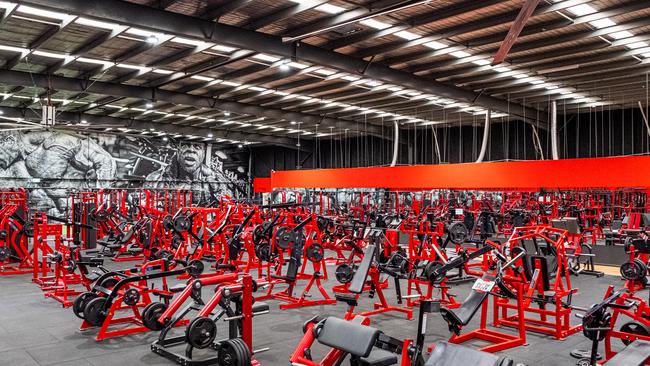
OUTDOOR EVENTS
Victoria: Seated spaces: Open, for up to 50 per cent seated capacity, up to a maximum of 500 people with no requirement to apply density quotient.
Non-seated venues (zoos, outdoor museums) subject to a density quotient, venues with capacity of greater than 500 patrons to publish a COVID Safe plan. Group limit of 50 patrons in line with outdoor gathering limits.
Indoor spaces at outdoor venues: Open, subject to restrictions on entertainment, hospitality, or retail depending on the space.
New South Wales: Up to 5000 people for outdoor events that are fenced, ticketed and seated (subject to the 2 sqm rule) and up to 3000 people for other organised outdoor events i.e. community sport and protests (subject to the 2 sqm rule).
VISITORS TO THE HOME
Victoria: Up to 15 visitors, including dependants, per day can visit a household, either together or separately. Face masks recommended.
New South Wales: Up to 50 people can visit a residence, however NSW Health strongly recommends having no more than 30 visitors at a time if the residence has no outdoor area.
NIGHTCLUBS
Victoria: Operate seated service only in line with hospitality settings.
New South Wales: 50 people will be allowed on indoor dance floors.
WEDDINGS
Victoria: Cap of 150 people with density quotient of one per 4sq m indoors or outdoors. No group limit. Gathering limits apply to weddings at private homes.
New South Wales: No cap on number of guests who can attend, but guests must social distance. Dance floors can feature 50 people at a time and don’t have to be the same 50 people.
FUNERALS
Victoria: Cap of 150 mourners with density quotient of 1 per 4 sqm indoors or
outdoors. No group limit. Gathering limits on funerals at private homes apply.
New South Wales: No cap on the number of guests that can attend.
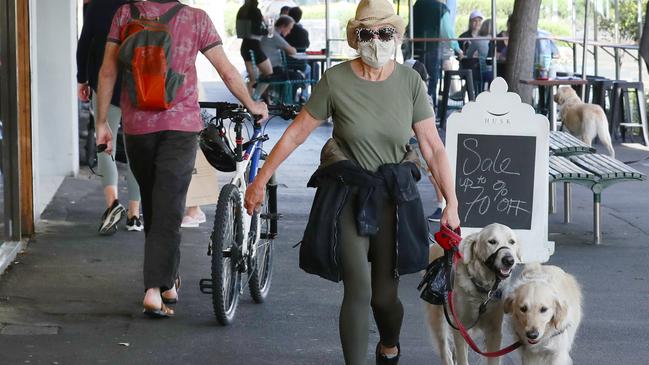
INDOOR SINGING
Victoria: Recommendation that no more than five people singing or using wind instruments for amateur groups.
New South Wales: Up to 50 singers can perform indoors, while people singing at an indoor religious service or concert are advised to wear masks.
GYMS
Victoria: A cap of 150 patrons with group limit of 20, subject to density quotient.
New South Wales: Gyms must be registered as COVID Safe and have a COVID-19 Safe Hygiene Marshal present when there are more than 20 people using the gym at the same time.
RESTAURANTS
Victoria: Venue with less than 200sq m floorspace are subject to one person per 2sq m up to a total of 50 patrons. Up to 300 people outdoors. No group limits. Universal QR code check-in system currently being developed. Currently venues use their own QR check-in systems.
New South Wales:
One person per 2sq m (with 25 people permitted before the rule applies). Standing outdoors will be allowed at hospitality venues, but not indoors. QR code sign-in measures compulsory for all hospitality venues from November 23. Businesses will not be required to use the Service NSW QR code system but it will be encouraged.



